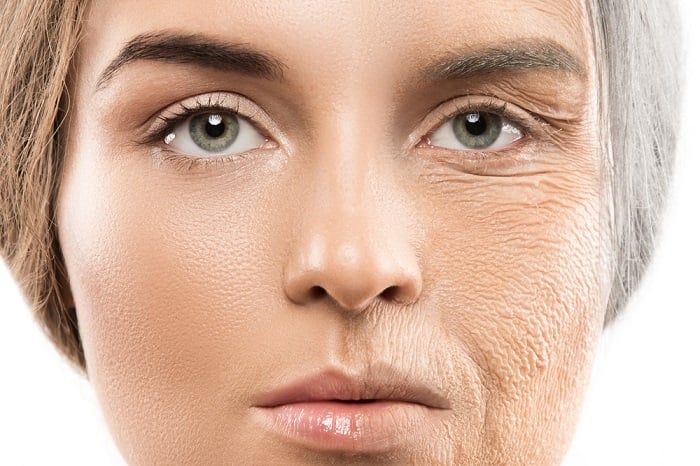 Researchers have come up with a way to acquire physical activity data from a wearable device that can be used to produce digital biomarkers of aging and frailty and thus better understand biological age. (Photo: Shutterstock)
Researchers have come up with a way to acquire physical activity data from a wearable device that can be used to produce digital biomarkers of aging and frailty and thus better understand biological age. (Photo: Shutterstock)
If it's the miles, not the years, wearable technology enabled by artificial intelligence could enlighten mere humans on how they age—with ramifications far beyond the personal.
Recommended For You
That's according to a report from R and D Magazine, which says that continuous biomarker monitoring, coupled with an AI algorithm, could be key to identifying a wearer's biological age.
Researchers from biotech company and the Moscow Institute of Physics and Technology have come up with a way to acquire physical activity data from a wearable device that can be used to produce digital biomarkers of aging and frailty and thus better understand biological age (a quantitative measure of aging).
According to the report, numerous physiological parameters are closely tied with how the body ages. Several biomarkers, DNA methylation, gene expression and circulating blood factor levels among them, can actually be used to build accurate biological clocks that can obtain individual biological age and rate-of-aging estimations. But doing such biochemical or genomic profiling on a large scale is both difficult and costly, so it's usually only used in academic research rather than in practical applications
However, with wearable sensors enabling the collection and storage of personalized digitized activity records, without interfering with daily routines and activities, AI can be used to sort and understand what those data translate to in terms of aging, the report says.
Using clinical data and records from the U.S. National Health and Nutrition Examination Survey, conducted from 2003 to 2006, researchers then trained a state-of-the-art Convolution Neural Network AI neural network to predict the biological age and mortality risk of the participants from a one-week long stream of activity measurements.
The network found the most biologically relevant motion patterns and established their relation to general health and recorded lifespan. The project also created an AI-based algorithm that has outperformed any previous models for biological age and mortality risks from the same data.
Peter Fedichev, PhD, GERO Science Director, head of MIPT lab, is quoted in the report saying, "Recent promising examples in the field of medicine include neural networks showing cardiologist-level performance in detection of arrhythmia in ECG data, deriving biomarkers of age from clinical blood biochemistry and predicting mortality based on electronic medical records. Inspired by these examples, we explored AI potential for Health Risks Assessment based on human physical activity."
Fedichev adds, "Life and health insurance programs have already begun to provide discounts to their users based on physical activity monitored by fitness wristbands. We report that AI can be used to further refine the risks models. Combination of aging theory with the most powerful modern machine learning tools will produce even better health risks models to mitigate longevity risks in insurance, help in pension planning and contribute to upcoming clinical trials and future deployment of anti-aging therapies."
© Touchpoint Markets, All Rights Reserved. Request academic re-use from www.copyright.com. All other uses, submit a request to [email protected]. For more inforrmation visit Asset & Logo Licensing.






